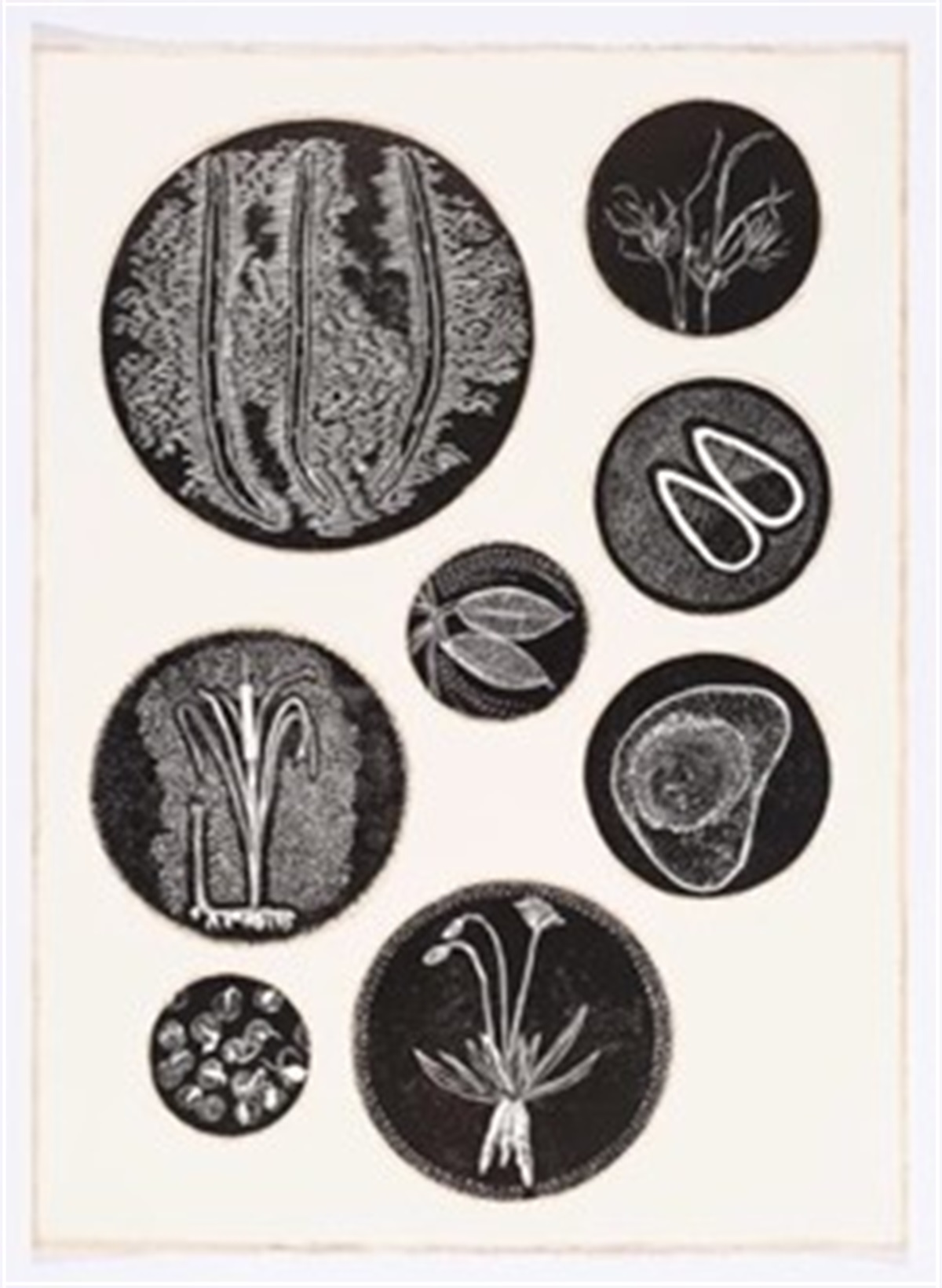Australia’s first protected cropping map was launched this week as an interactive dashboard that allows users to explore the location and area of around 14,000 hectares of glasshouses, commercial nets, polytunnels and shadehouses.
Through the map, the horticulture sector will now be better equipped to forecast yields, manage logistics, and respond to natural disasters and biosecurity threats.
Delivered through Hort Innovation and led by the University of New England’s (UNE) Applied Agricultural Remote Sensing Centre (AARSC) in collaboration with Protected Cropping Australia and NSW Local Land Services, and supported by Future Food Systems CRC, the resource provides a current measure of Australia’s horticultural production within protected cropping systems. This includes all commercial greenhouses and nets, which are used to grow crops such as tomatoes, berries, and leafy greens.
Hort Innovation chief executive officer Brett Fifield said the map is a vital tool for sector.
“This information will allow the protected cropping sector to better understand industry demographics and will serve as an essential tool for improved biosecurity preparedness and natural disaster response and recovery,” Mr Fifield said.
The mapping project found NSW to have the highest proportion of permanent nets (3,005 ha), while South Australia boasts more than half of the country’s polyhouses (1,103 ha). In total, it identified 13,932 hectares of protected cropping structures (PCS) nationwide- a number that exceeds previous industry estimates by 30 percent.








